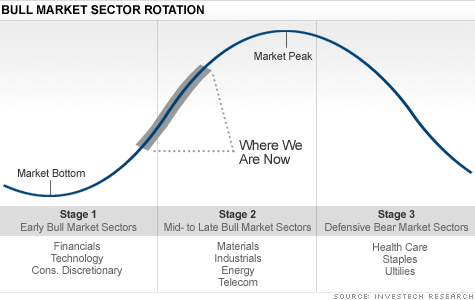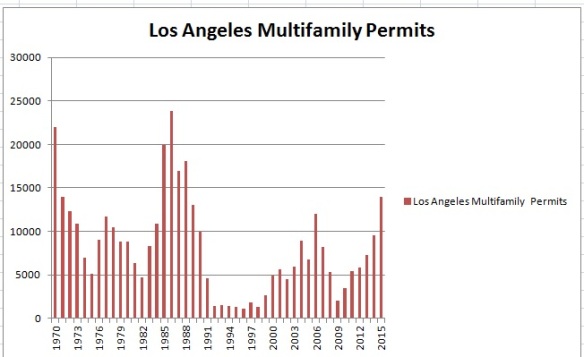Eventually imbalances and overvaluations give rise to corrections we call recessions. Last weeks, the overvaluations and imbalances in the Chinese stock market and economy started to correct and gave rise to over a 10% decline in the SP 500. Such declines do not always give rise to recessions and do not foreshadow future economic peril. For example, in the third quarter of 2011, although the S&P 500 declined over 12%, the economic recovery continued to proceed for four additional years. Many large stock market declines over multiple quarters occur just before or during the early stages of the recession. These losses are large and reflect the current deteriorating state of affairs.
Smaller stock market hiccups have presaged recessions by one to two years and reflect cracks and strains in the economy. Such hiccups have occurred in 1978 (Oil Shock), Oct 1987, 1998 (Russian Financial Crisis). The cracks and strains in major economic pillars presage economic troubles, not the stock market declines. Indeed, there was no stock market hiccup that proceeded by one or two years the 2008 recession. By the time the stock market dived, the recession soon followed. However, the housing market had already started to crack in some parts of the country as early as 2006 and the subprime market soon followed.
Last week’s events showed strains in the Chinese economy and its impact on domestic prosperity. Despite these strains, the economy can keep chugging up, but other strains and imbalances will continue to grow. No other domestic indicators show any problems, and short term interest rates are still zero. The yield curve is still very positive. Perhaps, these recent strains signal that we are in a latter but not final inning of this cycle.


